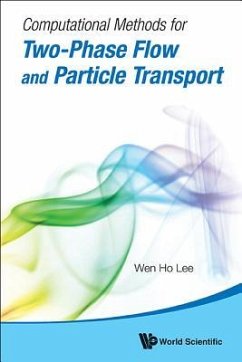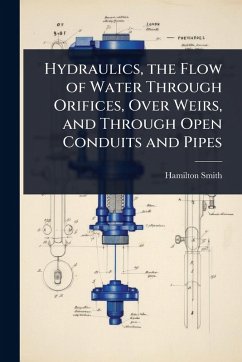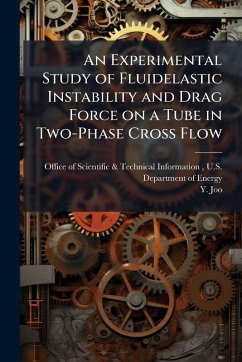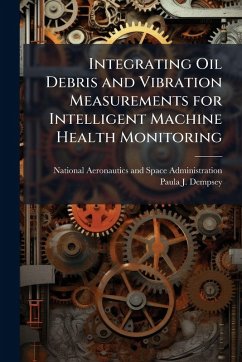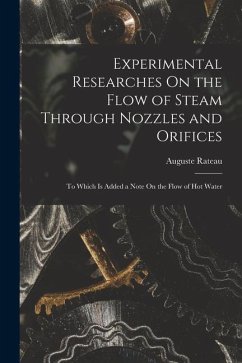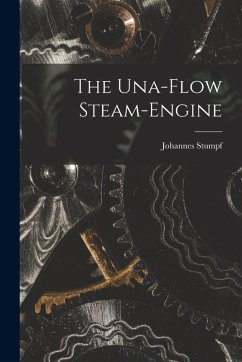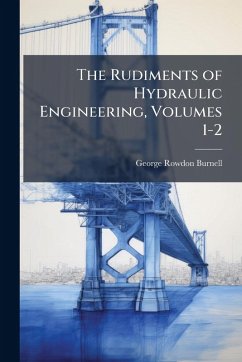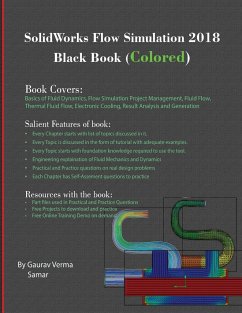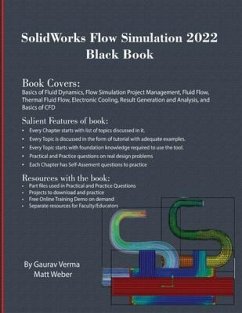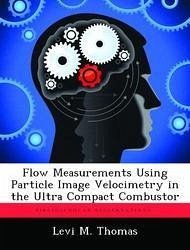
Flow Measurements Using Particle Image Velocimetry in the Ultra Compact Combustor
Versandkostenfrei!
Versandfertig in über 4 Wochen
20,99 €
inkl. MwSt.

PAYBACK Punkte
10 °P sammeln!
Velocity measurements were performed using the Particle Image Velocimetry (PIV) technique on the Ultra Compact Combustor (UCC) test rig at the Air Force Institute of Technology (AFIT). Velocity patterns and time-averaged turbulence statistics were calculated for data taken with the UCC burning hydrogen fuel in the straight cavity vane and curved cavity vane configurations. The equivalence was varied from 0.7 to 1.5, while the ratio of cavity air to main air was varied from 5% to 20%. Spanwise turbulence intensity penetrated into less than 50% of the main channel for all conditions except the r...
Velocity measurements were performed using the Particle Image Velocimetry (PIV) technique on the Ultra Compact Combustor (UCC) test rig at the Air Force Institute of Technology (AFIT). Velocity patterns and time-averaged turbulence statistics were calculated for data taken with the UCC burning hydrogen fuel in the straight cavity vane and curved cavity vane configurations. The equivalence was varied from 0.7 to 1.5, while the ratio of cavity air to main air was varied from 5% to 20%. Spanwise turbulence intensity penetrated into less than 50% of the main channel for all conditions except the richest (equivalence ratio of 1.5). A study was performed with the curved and straight sections increasing flow rates while holding other factors constant to determine velocity dependence. Relative turbulence intensities were independent of overall flow velocity in the straight configuration, while a negative correlation was observed in the curved configuration. Overall turbulence intensity levels were measured at 15% and 21% for the straight and curved configurations respective. The RVC generated significant flow rotation. Peak vorticity was observed farthest from the cavity vane suggesting the angle of the RVC is effective in generating increasing flow rotation with streamwise velocity. This work has been selected by scholars as being culturally important, and is part of the knowledge base of civilization as we know it. This work was reproduced from the original artifact, and remains as true to the original work as possible. Therefore, you will see the original copyright references, library stamps (as most of these works have been housed in our most important libraries around the world), and other notations in the work. This work is in the public domain in the United States of America, and possibly other nations. Within the United States, you may freely copy and distribute this work, as no entity (individual or corporate) has a copyright on the body of the work. As a reproduction of a historical artifact, this work may contain missing or blurred pages, poor pictures, errant marks, etc. Scholars believe, and we concur, that this work is important enough to be preserved, reproduced, and made generally available to the public. We appreciate your support of the preservation process, and thank you for being an important part of keeping this knowledge alive and relevant.



